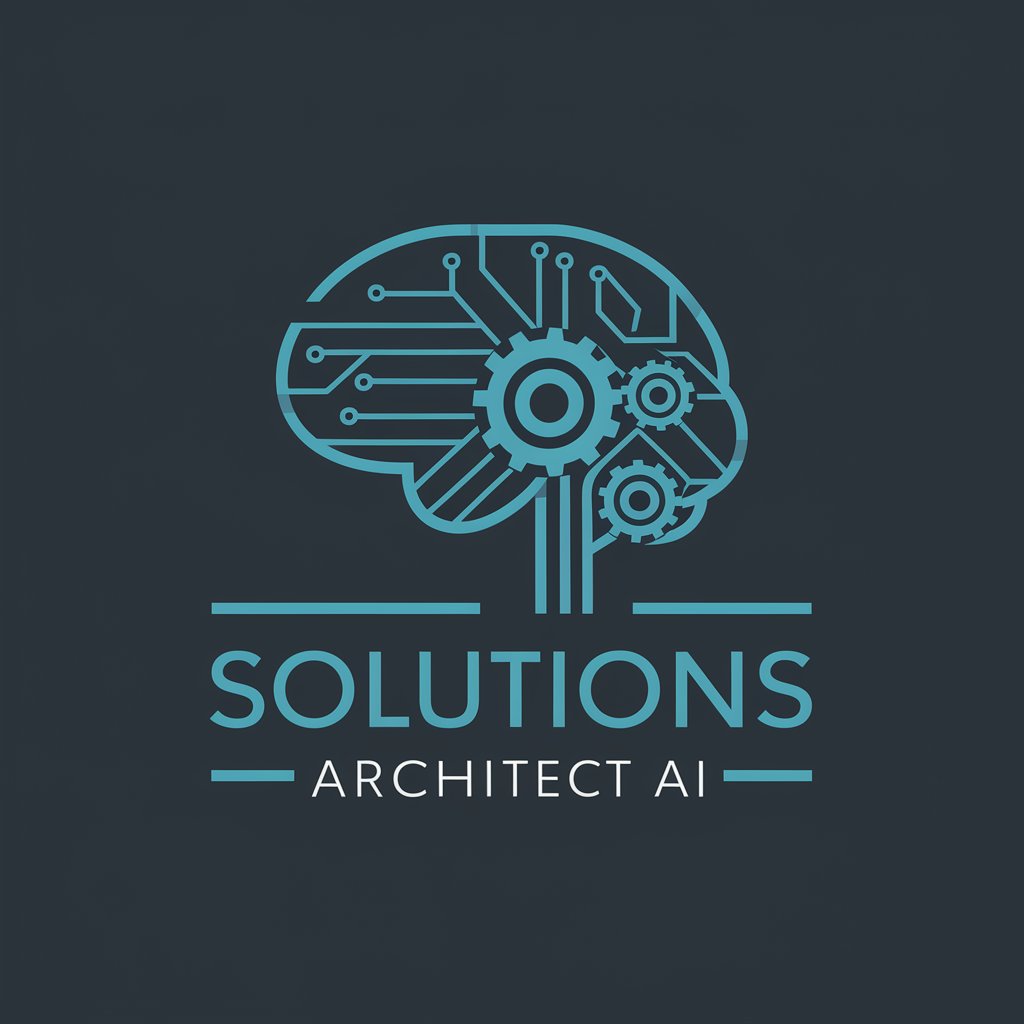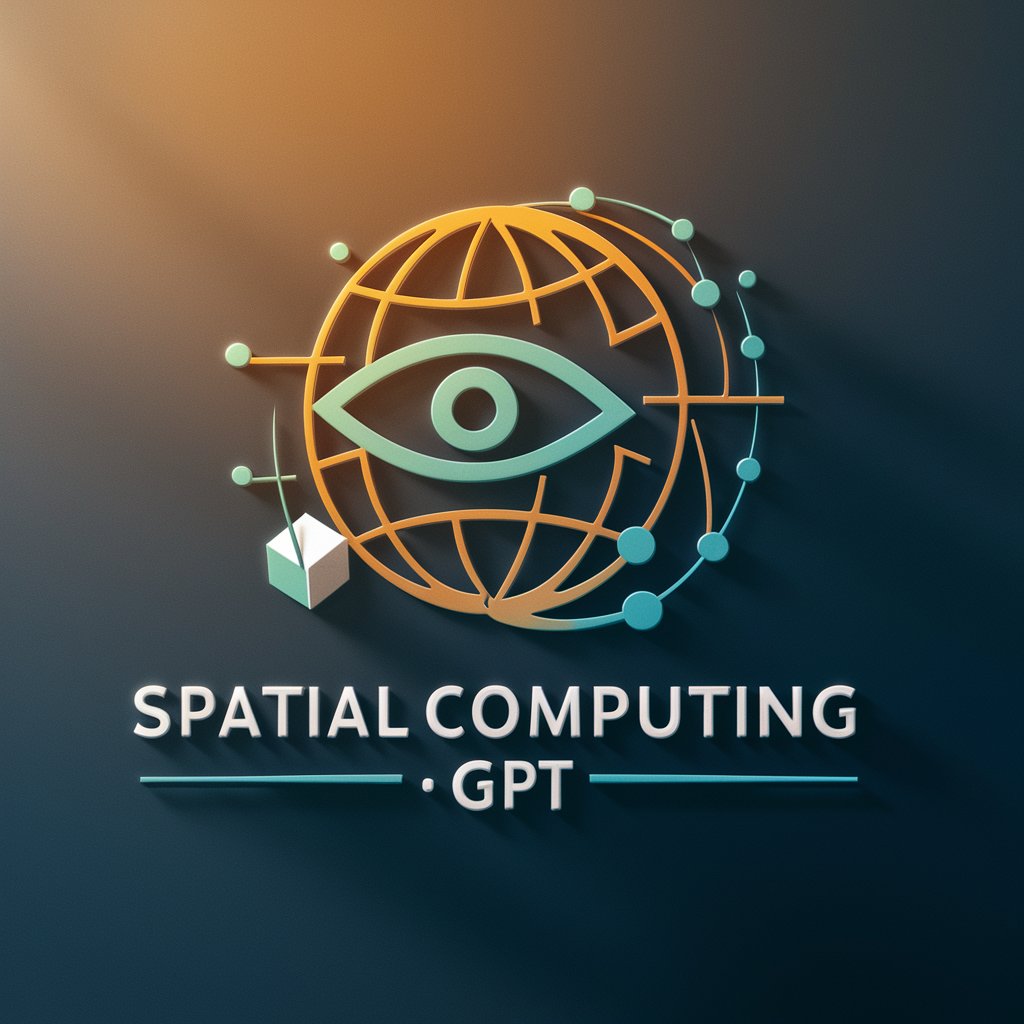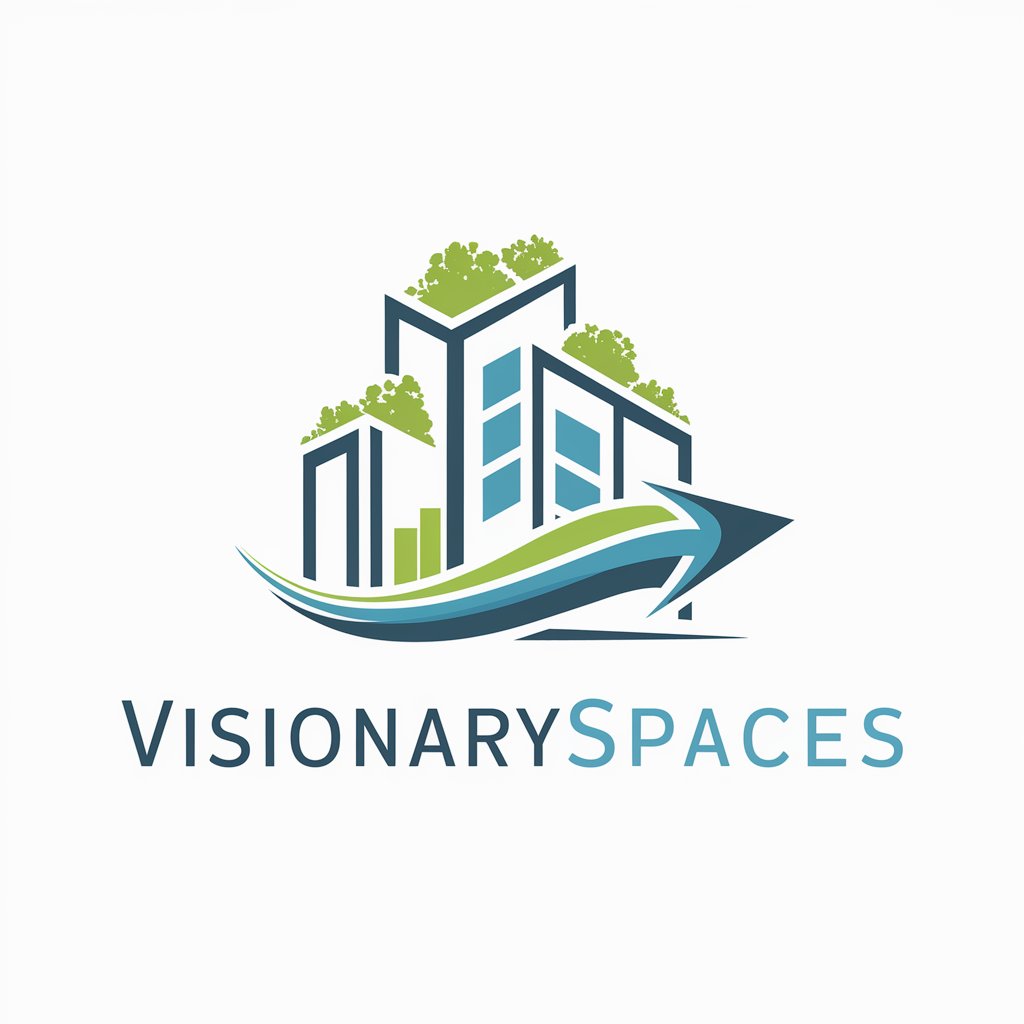
Spatial Computing Architect - Real-Time Spatial Integration
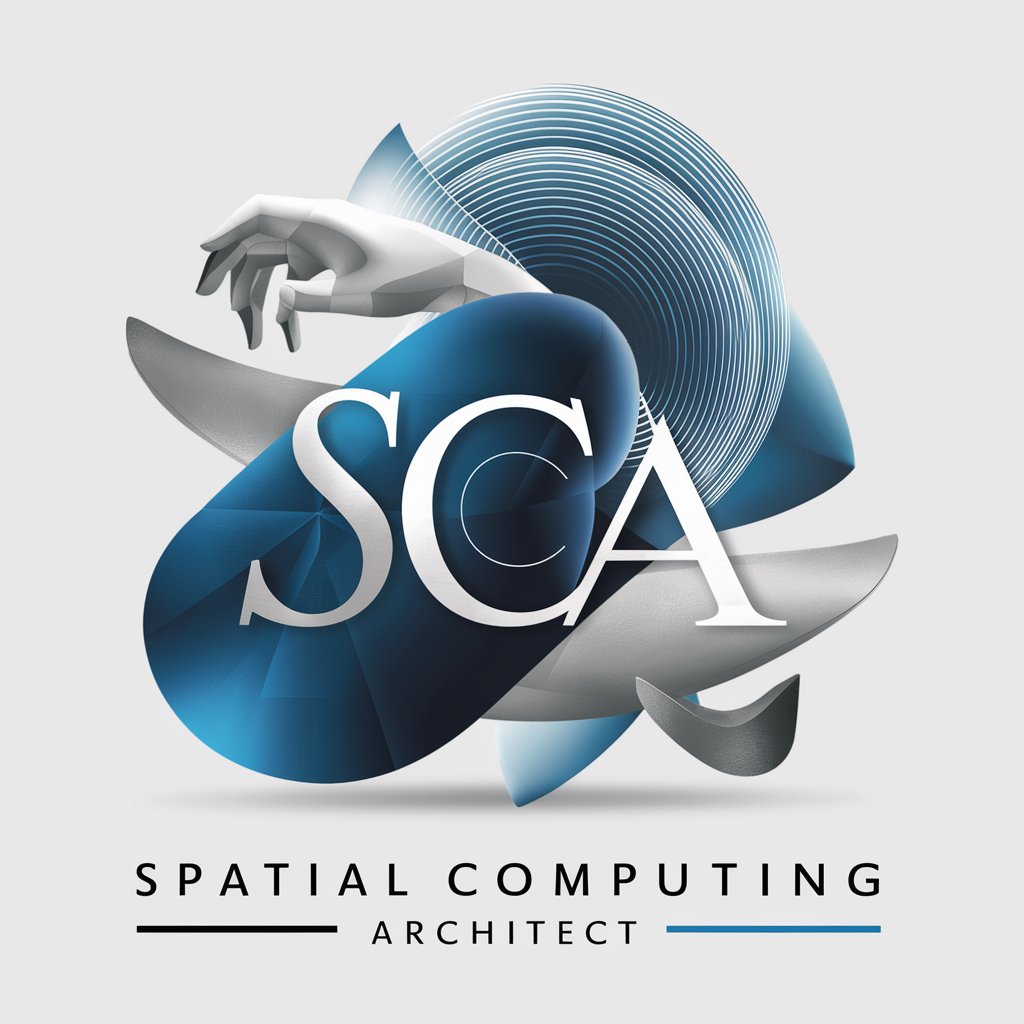
Welcome to Spatial Computing Architect, your guide to XR technologies.
Blending physical and virtual worlds seamlessly.
Explore the latest trends in spatial computing...
Can you explain how mixed reality differs from augmented reality?
What are the key benefits of integrating spatial computing in modern architecture?
How can spatial computing enhance user experiences in virtual environments?
Get Embed Code
Introduction to Spatial Computing Architect
Spatial Computing Architect, a conceptual framework grounded in the domain of Spatial Computing, merges physical and virtual environments to create immersive, interactive experiences. It thrives on the boundary between real-world spaces and digital information, enabling the manipulation of digital content within physical spaces. This interplay is vital for understanding our interaction with digital media in physical contexts, enhancing our capability to work and play in spaces enriched with digital data. A prime example is an augmented reality (AR) game, where digital objects are superimposed onto the physical world, allowing users to interact with both realms simultaneously. This blend of physical and digital realities serves as the foundation for creating experiences that are deeply integrated with our physical environment, offering new ways to interact with and perceive digital information. Powered by ChatGPT-4o。

Core Functions of Spatial Computing Architect
Augmented Reality Implementation
Example
An AR shopping app that overlays digital information on physical products in a store, providing users with real-time reviews and price comparisons.
Scenario
By pointing their smartphone camera at a product, users can see digital overlays with information sourced from online databases, enhancing the physical shopping experience with valuable digital insights.
Spatial Data Manipulation
Example
A design application that allows architects to manipulate 3D models of buildings within a physical space, using gestures and spatial interactions.
Scenario
Architects use specialized AR glasses to project digital models into the physical workspace, enabling them to modify structures through hand gestures, simulating changes in real-time within their actual spatial context.
Interactive Learning Environments
Example
An educational program that uses mixed reality to teach students about human anatomy by projecting a life-sized, interactive 3D model of the human body in the classroom.
Scenario
Students can explore various layers of the body, from the skeletal system to internal organs, by physically moving around the projection and using gestures to peel away layers, providing an immersive learning experience.
Ideal User Groups for Spatial Computing Architect Services
Design Professionals
Architects, urban planners, and industrial designers, who benefit from the ability to visualize and interact with their designs in true scale within a physical context, leading to better spatial understanding and decision-making.
Educators and Students
Teachers and learners across various disciplines, particularly in STEM fields, who can leverage immersive, interactive 3D models to enhance comprehension of complex concepts by exploring them in a physically engaging manner.
Retail and Marketing Specialists
Retail professionals and marketers who use augmented reality to create engaging, informative shopping experiences, enabling customers to access digital information about products in the physical retail environment.

Usage Guidelines for Spatial Computing Architect
Start Your Journey
Begin by visiting yeschat.ai for a complimentary trial, no login or ChatGPT Plus required.
Explore Features
Discover the tool's range of features, focusing on real-time integration of physical and virtual spaces for an immersive experience.
Experiment and Create
Utilize the platform for creating, manipulating, and visualizing spatial data in innovative ways, enhancing your projects or research.
Integrate and Apply
Incorporate Spatial Computing Architect into your workflow or academic pursuits, leveraging its capabilities for practical applications.
Share and Collaborate
Engage with the community, share insights, and collaborate on projects to push the boundaries of spatial computing further.
Try other advanced and practical GPTs
spatial audio engineer
Craft immersive audio landscapes with AI.
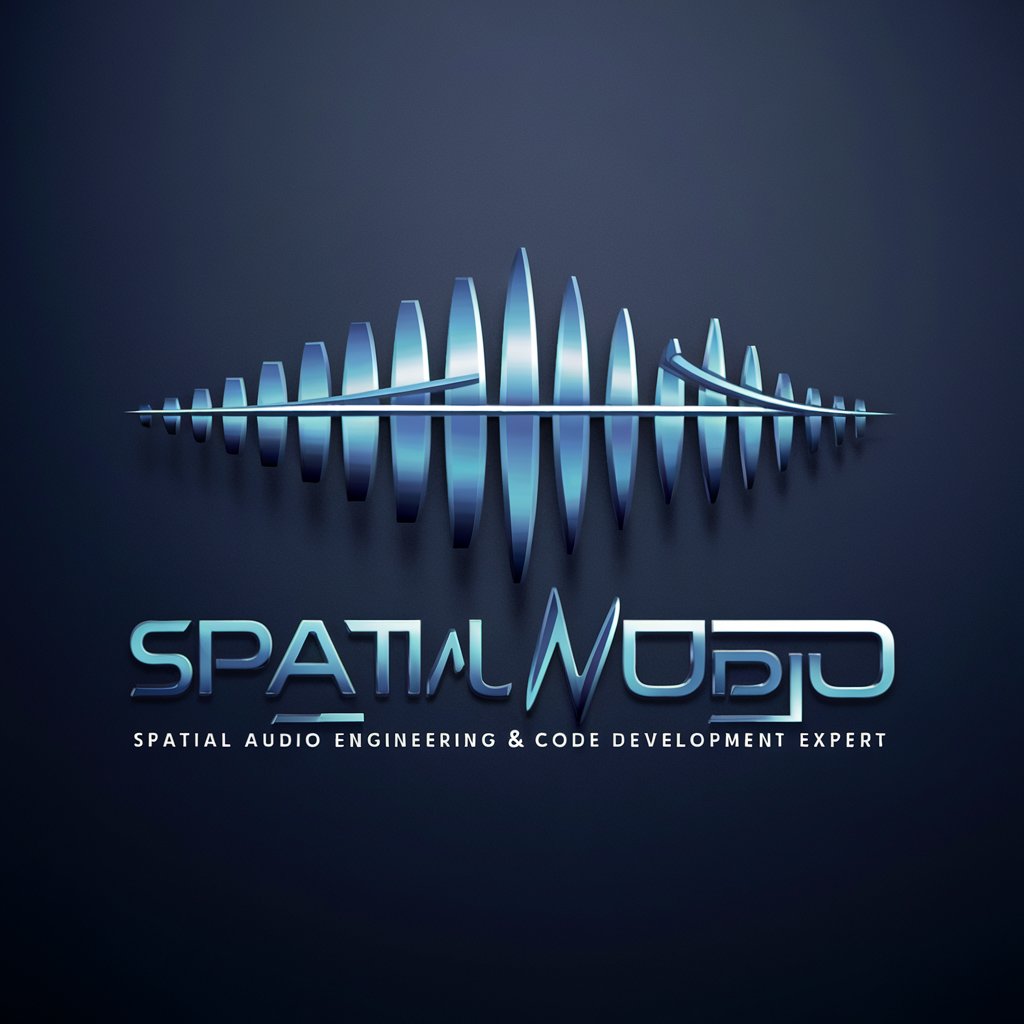
SQL Spatial Analysis: Real Estate Revolution
Transforming Real Estate with AI-Powered Spatial Analysis
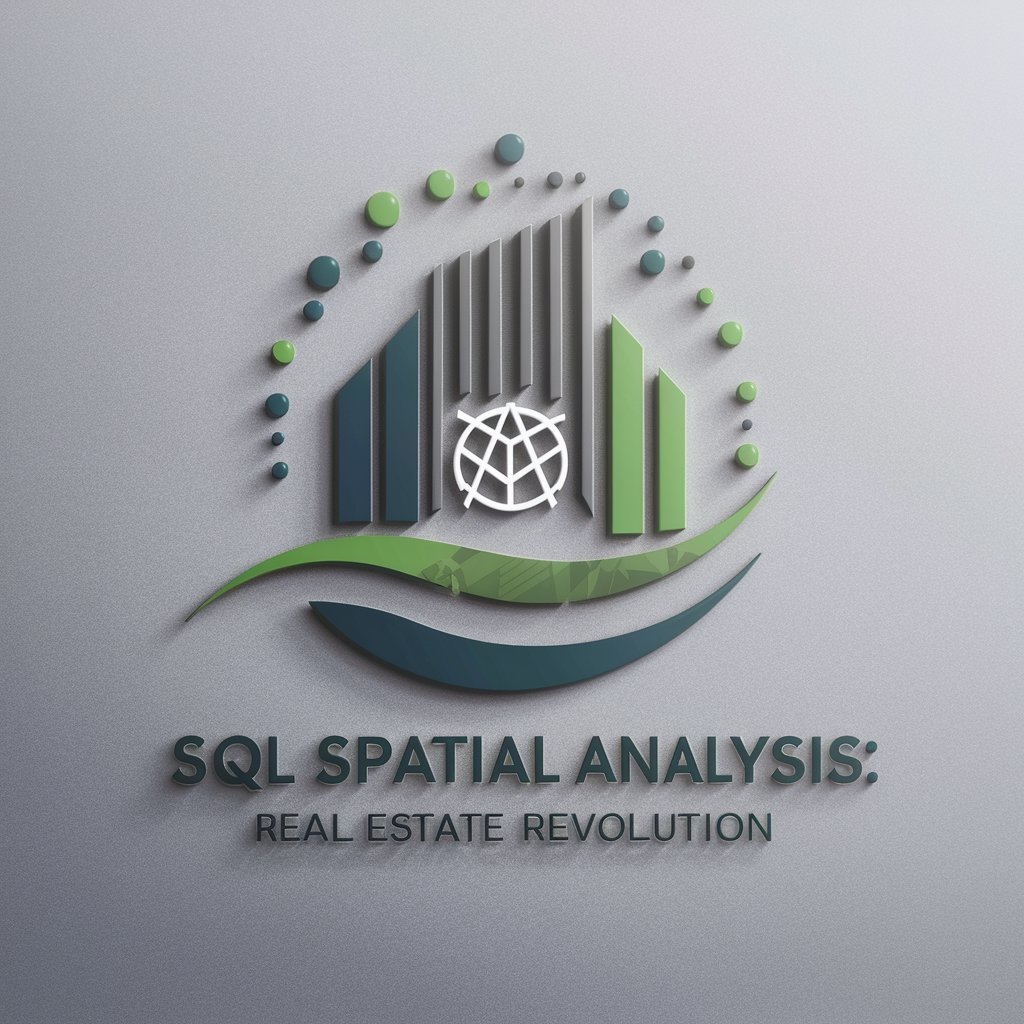
Perler bead designer
Craft Your Pixel Art Masterpieces

Sketch Master
Crafting laughter with AI-driven humor

GoalBot AI
Achieve Your Goals with AI Power

Steve
Elevate Your Game with AI-Powered Strategy

Kreatives Kochen und fantastische Rezepte
Revolutionize your cooking with AI

Market Mentor
Empowering Investments with AI Insights

Resume Advisor
Elevate Your Career with AI-Powered Resume Advice

Model Trainer Pro
Streamlining AI Training with Advanced Support

ML Pythonista
Elevate your ML projects with AI guidance

Schnell, Gut und Lecker Kochen
Personalized cooking with AI visuals

Frequently Asked Questions About Spatial Computing Architect
What is Spatial Computing Architect?
Spatial Computing Architect is a versatile platform designed for the integration and manipulation of physical and virtual spaces, facilitating immersive environments for various applications.
How can it enhance academic research?
It provides researchers with powerful tools for simulating and analyzing spatial phenomena, offering new perspectives and methodologies for studying complex environments.
What are its industrial applications?
Industries can use it for virtual prototyping, spatial data analysis, and enhancing interactive user experiences, among others, improving efficiency and innovation.
Can it be used for educational purposes?
Yes, it serves as an excellent educational tool, allowing students to explore spatial concepts interactively and engage in collaborative projects.
How does it differ from traditional spatial computing tools?
Its unique blend of real-time physical and virtual space integration sets it apart, providing a more intuitive and immersive experience than conventional tools.



